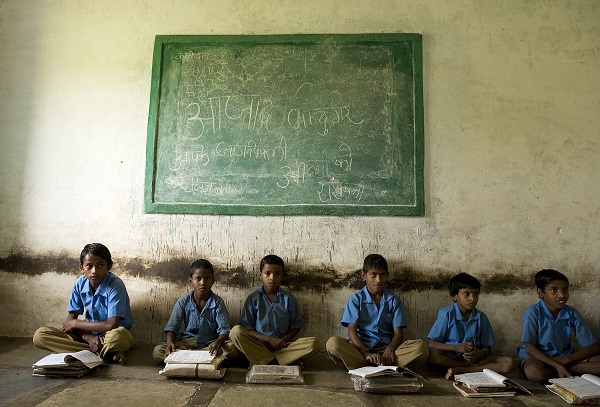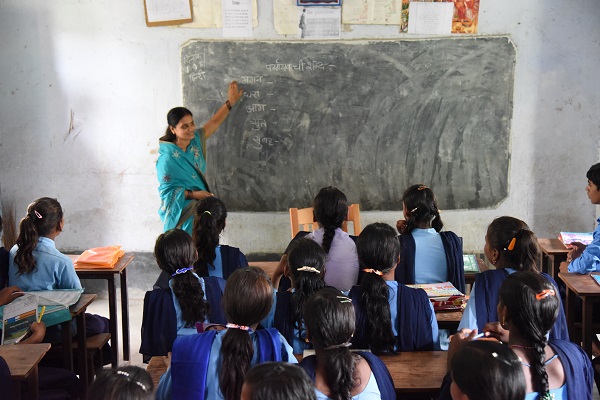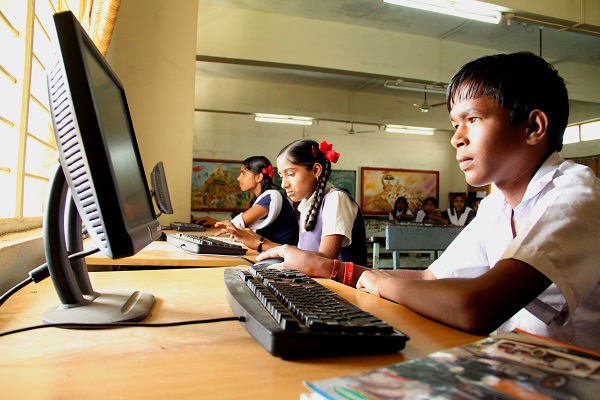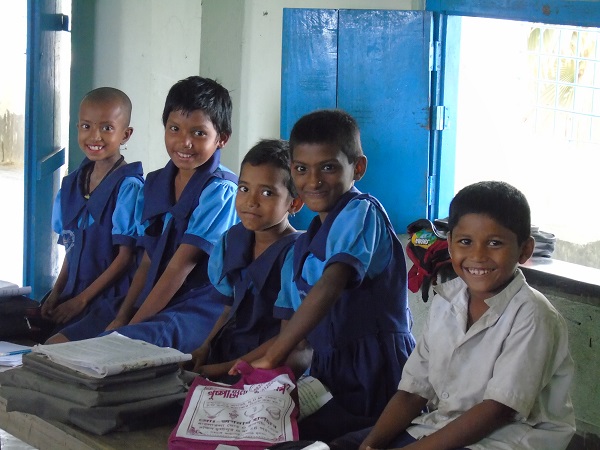The Right to Education Act is a major measure taken by the Indian government to increase the literacy rate in India. Recently, the Annual report on the state of education mentioned a record that the enrollment percentage of students in the 6-14 age category increased to 98.4% in 2022. Soon, there should be a time when there will be 100% enrollment.
What is the Right to Education Act?

The Indian Parliament assented to the Right to Education Act under Section 21a on August 4, 2009. The Act was passed to provide free and compulsory education for children aged 6 to 14 years. The purpose of the law is to allow the good education of each child in India, regardless of family income, gender, caste or creed.
Importance of the Right to Education Act
The Right to Education Act is important because it provides every child in our country with the right to acquire the education necessary to develop their skills for a better future.
The right to free and compulsory education is important for these important reasons:
- A good education brings financial security and stability in life.
- Quality education narrows the social gap by uplifting disadvantaged communities in society.
- Education improves analytical skills and critical thinking leads to the confidence to make good decisions and better express feelings.
- A quality education helps reduce crime, which makes society a better and more peaceful place to live.
Roles and responsibilities of the right to education
There are roles and responsibilities under the Right to Education Act.
1. Free and compulsory education
The government must provide compulsory elementary education up to grade 8 free of charge to all children. The child will not only get free education in terms of school fees, but also get other essentials such as uniforms, textbooks, stationery and other necessary items free of charge so that there is no obstacle in completing the education.
2. Minimum standards
Any elementary school in India will have to maintain the standards set by the Right to Education Act in terms of teacher-student ratio, availability of clean water, adequate classrooms, adequate attendance of teachers, separate toilets for boys and girls, number of days the school will operate, etc.
3. Special cases
An important responsibility of the Right to Education Act is that any student who has dropped out of school for any reason must be admitted to an age-appropriate class. Also, the child should be given enough attention so that he can cope with failures and become equal to other students in the same class.
4. Teachers

There is a particular teacher-student ratio that must be maintained in every elementary school, whether the school is in an urban or rural area. Teachers who are deployed in schools must have appropriate academic qualification which is necessary to enter these schools. The deployment of teachers is carried out seriously to ensure good learning.
5. Full Development

The Right to Education Act is not just about making the nation’s children literate. It is also about ensuring the integral development of children. The responsibility under the law is to develop a program that will help develop the child’s knowledge, talent and human potential. Moreover, the goal is to train great human beings for the future of the country.
6. Minimize detention
The Right to Education Act also ensures that there is less detention of students in each class. In this light, Ongoing global assessment was introduced to improve student performance. This system assesses all areas of child development and teachers work on areas of weakness to improve performance and grades.
7. Compliance Monitoring
All schools governed by the Right to Education Act must establish a school management committee consisting of the principal, parents, community members, local elected officials and many others. The responsibility of the committee will be to ensure that the school runs smoothly and also to plan the future development of the school.
8. Litigant
One of the salient points is that the right to education is justiciable. There is a proper grievance system where people can mention if any of the regulations or responsibilities of the Right to Education Act are not being handled properly. Schools are public property and therefore the school must publicly announce any changes to its rules.
9. Boost social inclusion

One of the responsibilities under the Right to Education Act is to provide education to children free from discrimination. The law also obliges all private schools to reserve 25% of places for backward or economically weaker students. Such an approach enhances social inclusion and also breaks down the boundary between privileged and disadvantaged students.
What does the right to education prohibit?
There are a number of things that are prohibited under the Right to Education Act.
1. Physical punishment and bullying
The Right to Education Act promotes zero tolerance against corporal punishment as well as mental harassment of students. In addition, the law prohibits discrimination among students based on caste, creed, religion, gender inequality, class, admission procedure, tuition and other factors. If any of these points are noticed, strict action is supposed to be taken against that particular school authority.
2. Screening procedures
One of the main purposes of the Right to Education Act is to educate every child in the country. There is a particular admission procedure after a particular child selection procedure. The Right to Education Act prohibits different selection procedures for different students. All students must be viewed with the same eye and screening must be done only according to the regulations.
3. Capitation costs
Under the Right to Education Act, students are exempt from tuition fees and other expenses. In fact, students will be facilitated with uniforms, textbooks and other items that do not cause barriers to schooling. Therefore, the law prohibits any type of capitation fee under any circumstances for any student. The rules are the same for everyone and must be respected.
Education is for everyone, but the cost of education today is a significant burden for most members of society. The Right to Education Act 2009 not only preaches the importance of education, but also contains regulations and roles that will ensure that every child, regardless of economic status, can receive the education they deserve.


